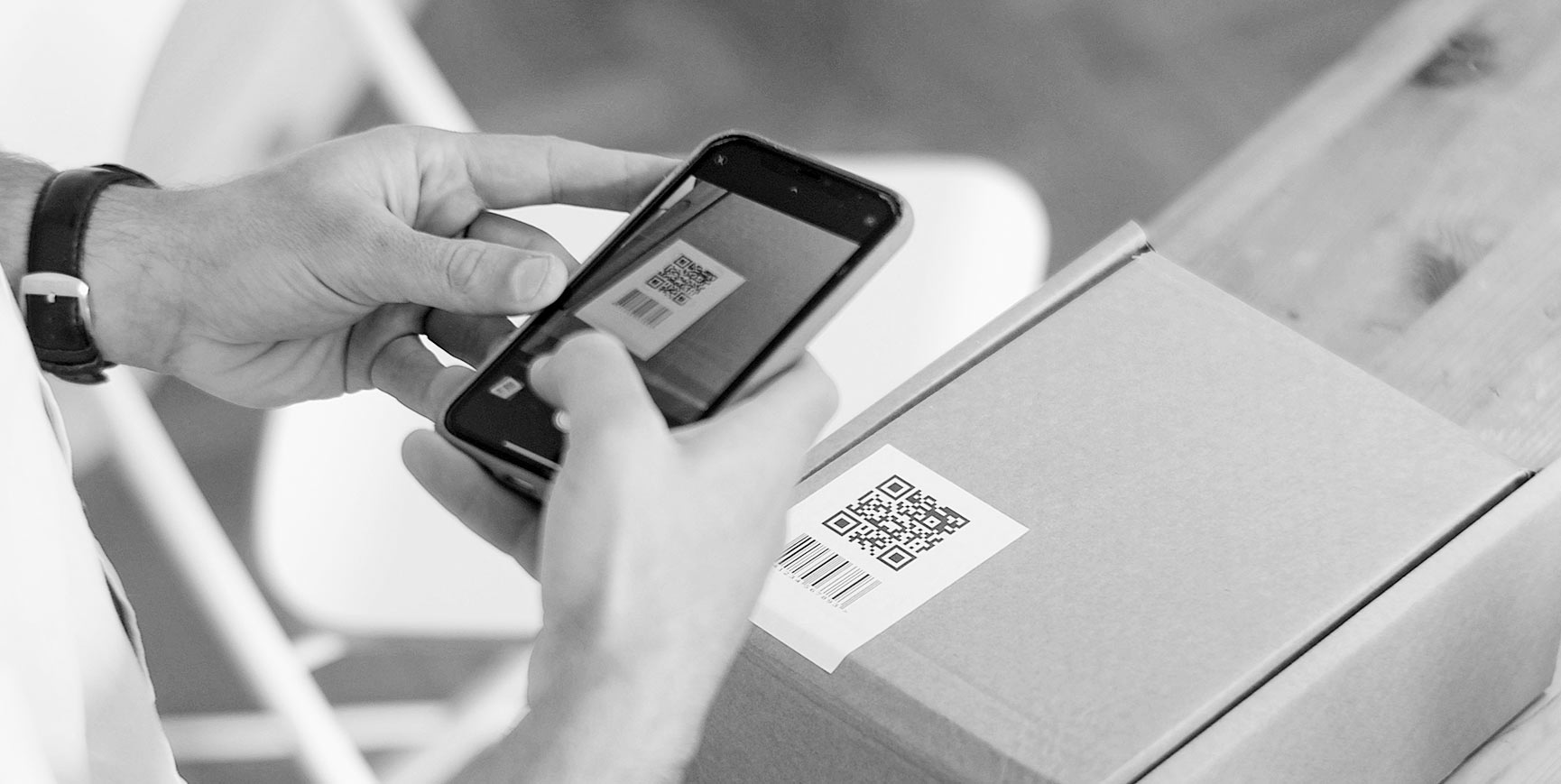
Another advantage of QR codes is that they retain their usefulness even if they are damaged, under certain circumstances, which is why they are so often used printed on paper.
A final thing we‘d like to point out is that QR codes come in two distinct flavours: static and dynamic. The difference between them is self-explanatory: a static QR code cannot be edited once it is generated, while a dynamic one can be changed however many times is required.
A QR code consists of black squares on a white background, arranged in a grid. QR stands for Quick Response, and QR codes are matrix bar codes (or, more simply, patterns) designed to be machine-readable – this is why they are in black and white, or, more rarely, in other high-contrast colour combinations. They are related to bar codes, but are laid out in two dimensions and can typically contain much more data.
They were originally developed by a Japanese automotive company in order to track vehicles and their components during manufacture and distribution. Nowadays, however, most everybody has a powerful digital camera in their pocket, and QR codes and smartphones make a great match. You could store an URL as a QR code, and post it anywhere online or in the real world: in print, on posters, public transport, business cards, and, within half a second, you can have a new visitor to your website, and they don‘t even need to bother with typing.



